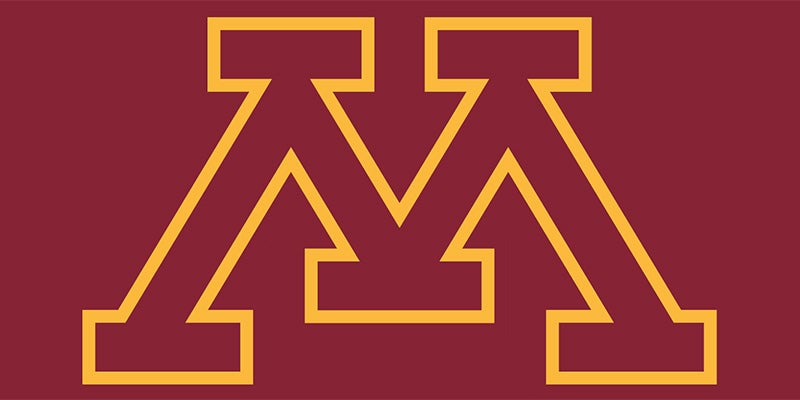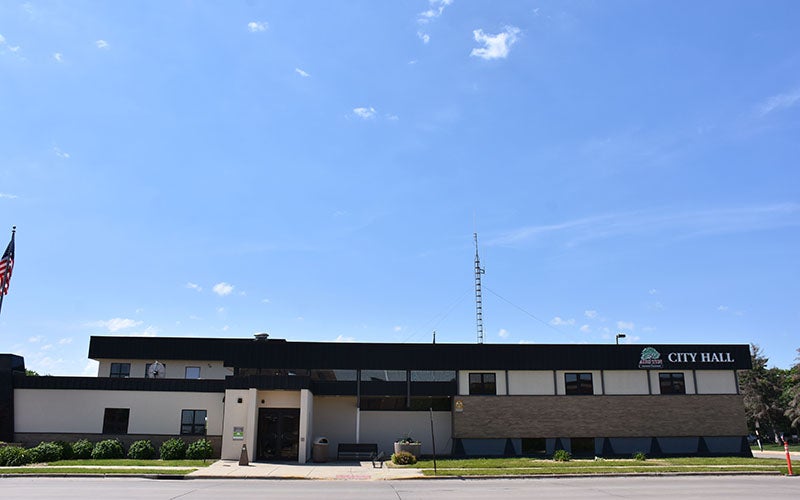Minnesota’s kids are doing well — with exceptions
Published 7:50 am Thursday, June 20, 2019
Once again, Minnesota is among the top five states on a well-respected national rating of children’s well-being. And once again, that status masks what’s happening for too many of the state’s kids of color.
The annual “Kids Count” study from the Annie E. Casey Foundation found that Minnesota ranks fourth among states as a good place for children. But that position doesn’t apply across all racial and ethnic groups. The 2019 data continue to reveal stubbornly entrenched disparities.
Turning that pattern around will require stronger political will to place more emphasis on the foundation’s recommendations, including expanding health programs for kids, addressing racial inequities and barriers faced by families of color, and providing families with more tools to lift themselves out of poverty.
For the past 30 years, the foundation’s Kids Count Data Book has used 16 measures to rank each state in four general categories — economic well-being, health, education, and family and community. Indicators include low birth weights, teen pregnancy rates, third-grade reading ability, and the prevalence of single-parent families.
Bharti Wahi, executive director of the Children’s Defense Fund of Minnesota, says disparities have remained stark in Minnesota for years. During the past decade, for example, poverty rates have ranged from 6-9 percent for white children, 22-30 percent for Hispanic kids, and 36-47 percent for black children. Some years, nearly 50 percent of American Indian kids have been impoverished.
“Minnesota has moved up overall in this improved economy, but that hasn’t extended to all families,” Wahi she said. “We should be clear that there is nothing wrong with our children. It’s the systems and supports around them that need change to overcome barriers of bias and discrimination.”
Children’s advocates noted a recent state step in the right direction: The 2019 Legislature approved a $100 monthly increase in payments to 31,000 families participating in the state’s Minnesota Family Assistance Program — the first increase in 33 years.
Still, Kids Count continues to provide stark evidence that more must be done to give all Minnesota children the opportunity to succeed.





